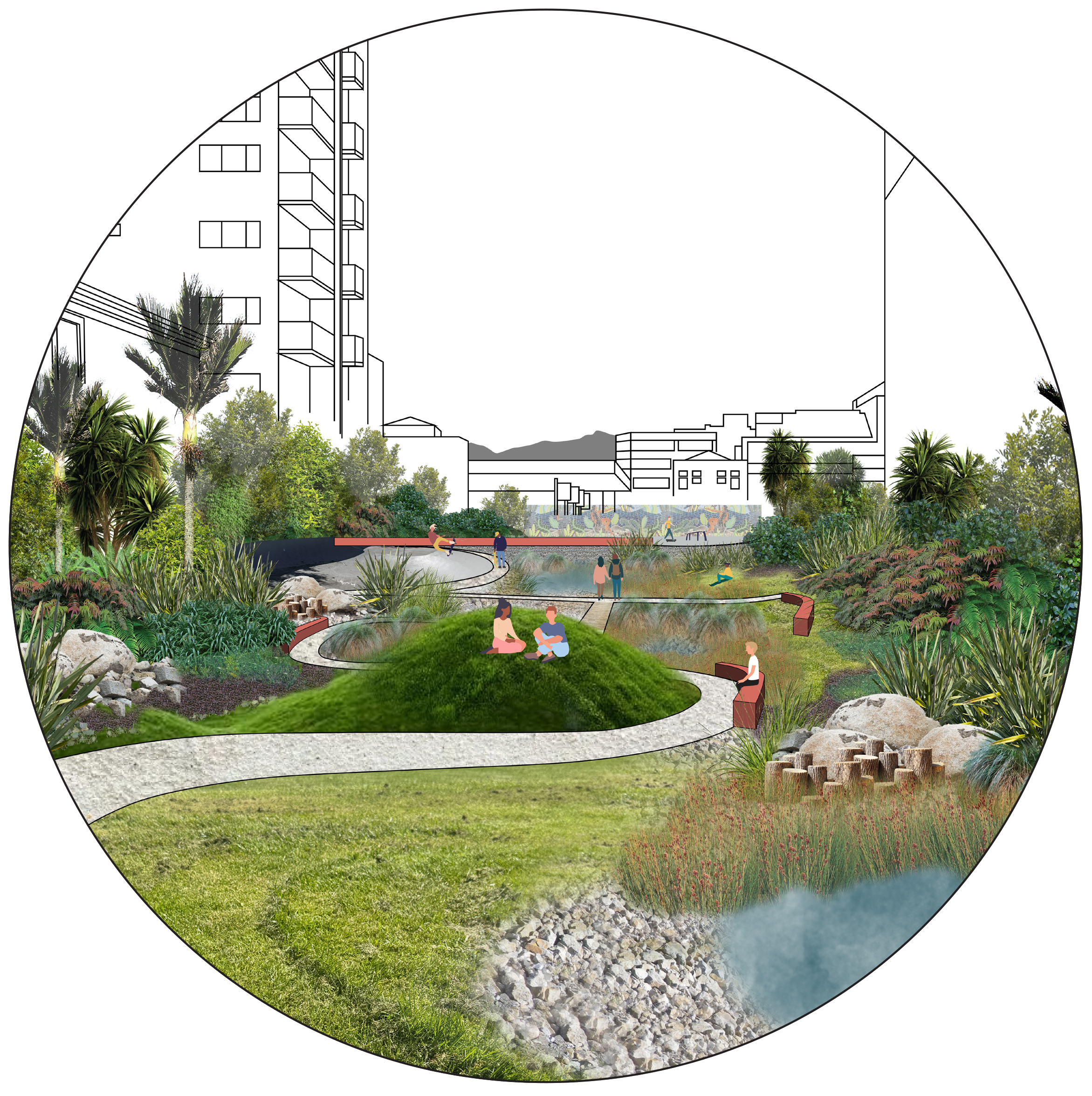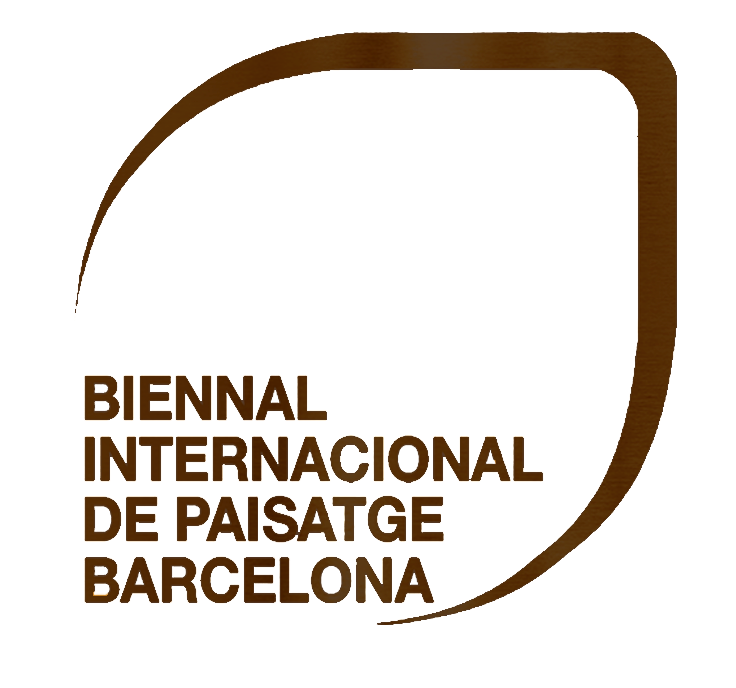
Walk the line
LAND312/2024
Victoria University of Wellington
Cities globally face climate change and increased stormwater challenges. Urban streams and sponge cities are key solutions. Growing cities must tackle stormwater, flooding, and biodiversity loss while integrating nature-based design and local knowledge like Mātauranga Māori (indigenous knowledge). LAND 312/2024 explored the application of a sponge city approach while re-imagining the hydrology of Te Whanganui-a-Tara Wellington. Students explored buried streams, their catchments, and the influence of policies and community input on design and planning. They mapped and analysed the underground streams, identifying areas of opportunity for design strategies at the macro and micro scales, focusing on climate change resilience and seismic issues. During the design process, students engaged with several organizations that provided a strong technical, social, and cultural foundation for the students' designs. Michelle Ferreira’s design Walk the line, navigates through the juxtaposition of the conflicting demands of urbanisation and the natural environment. Her design proposes utilizing an indigenous approach as a method to attain this balance. THE LINE follows the course of the Waimapihi awa (stream) and stretches through Aro Valley and Te Aro to Te Whanganui-a-Tara Wellington harbour. The goal is to enhance hydrological, geological, ecological, and socio-cultural connectivity along the daylighted stream, using the Māori principles of whakapapa and mauri to inform design.
